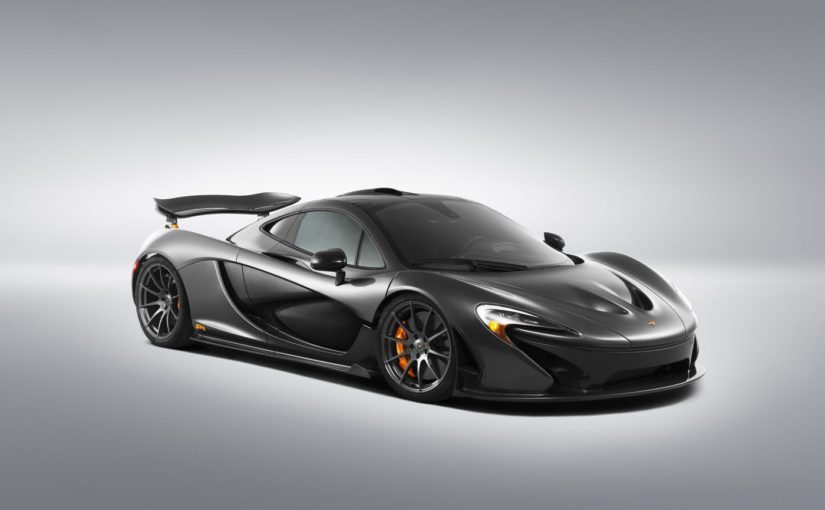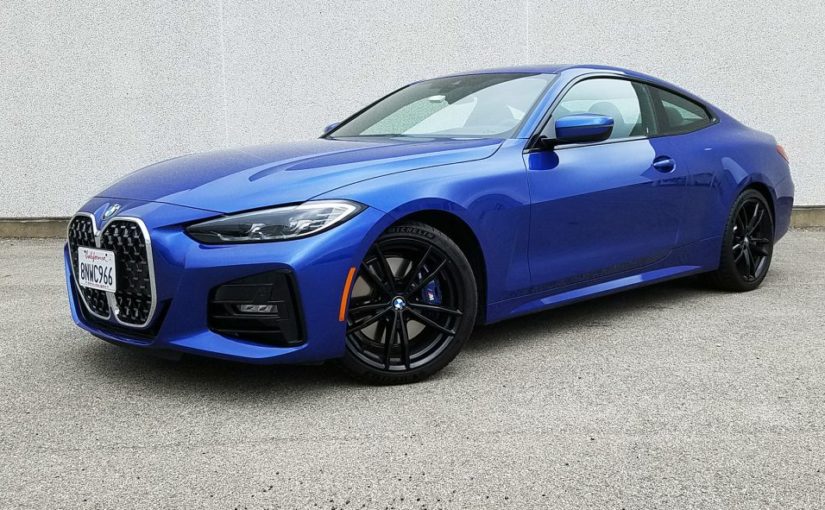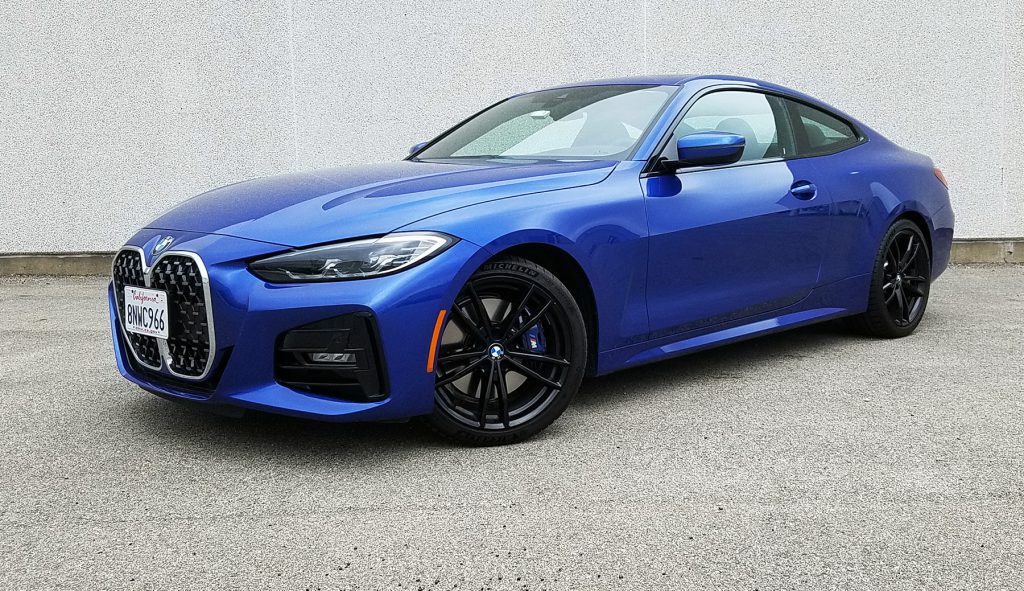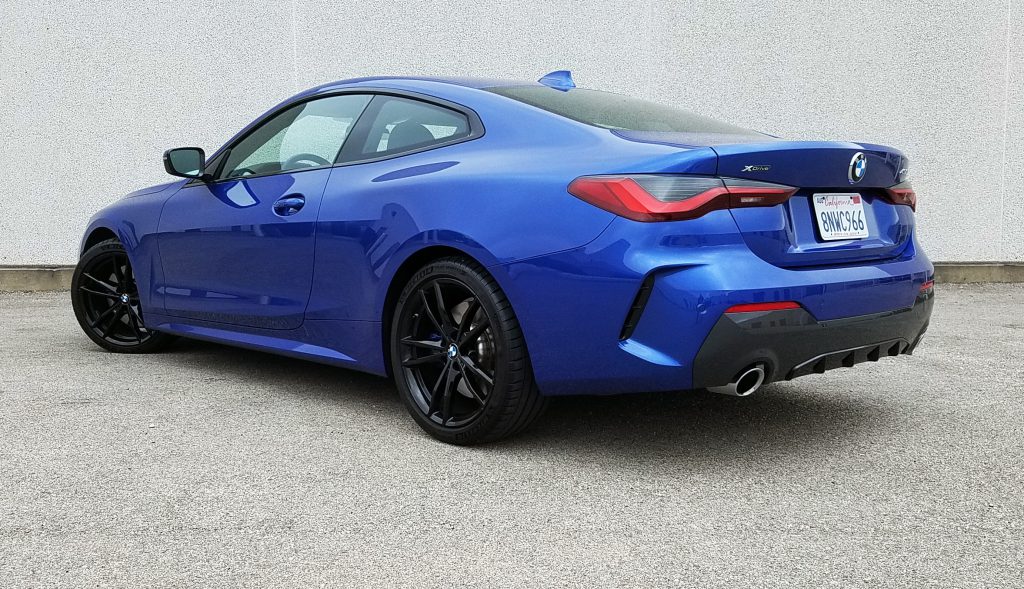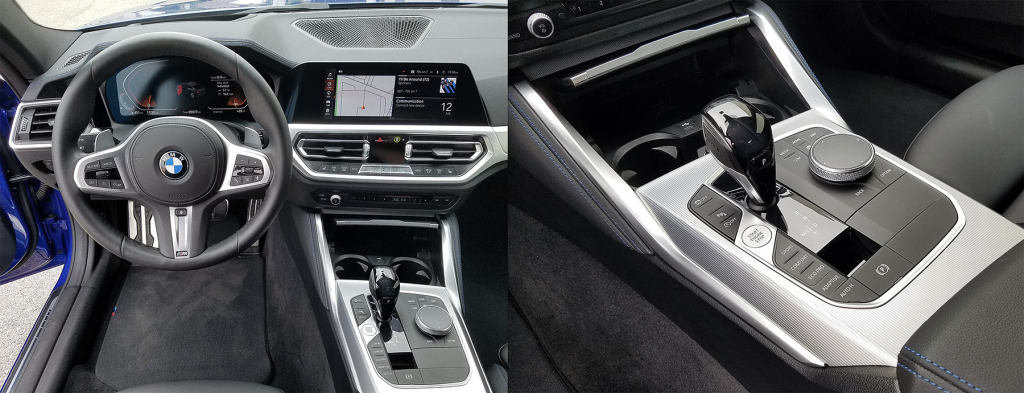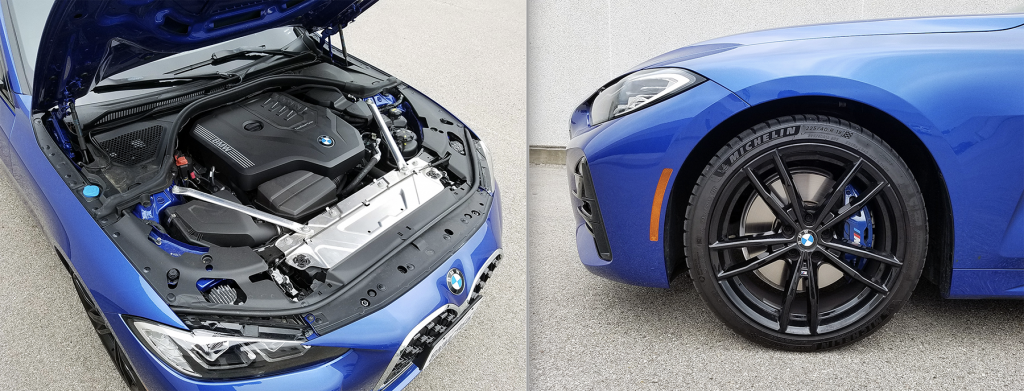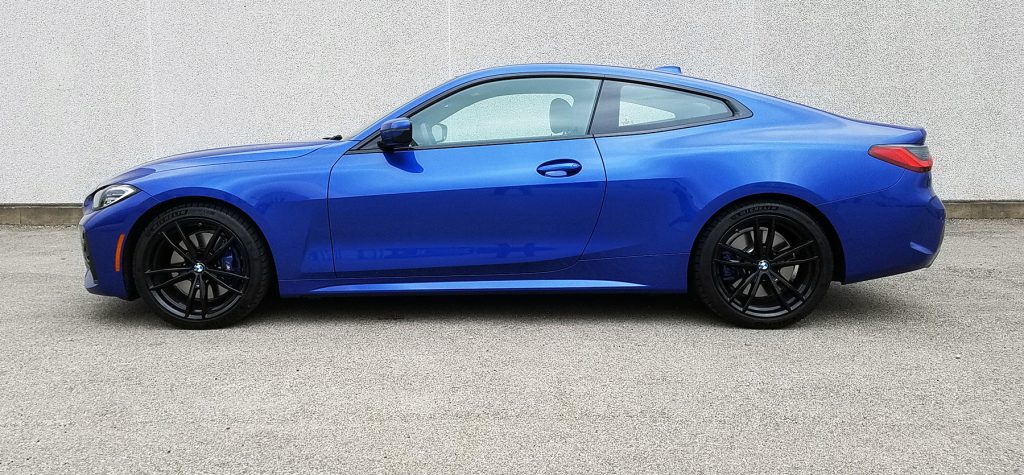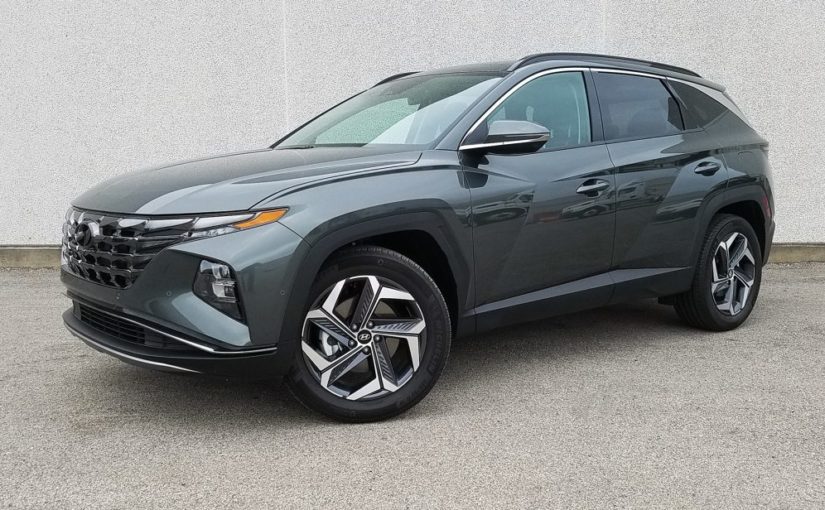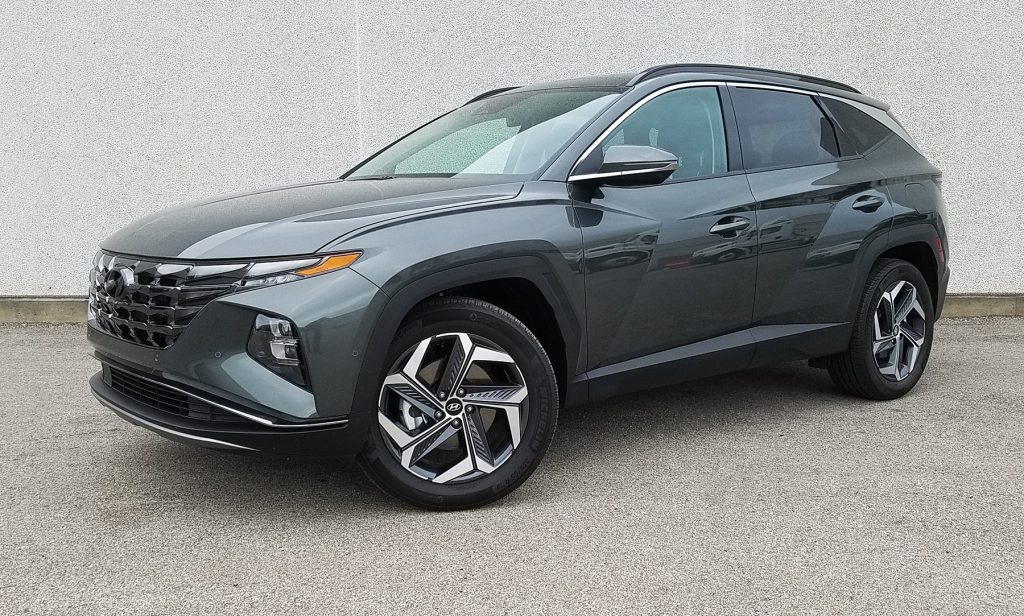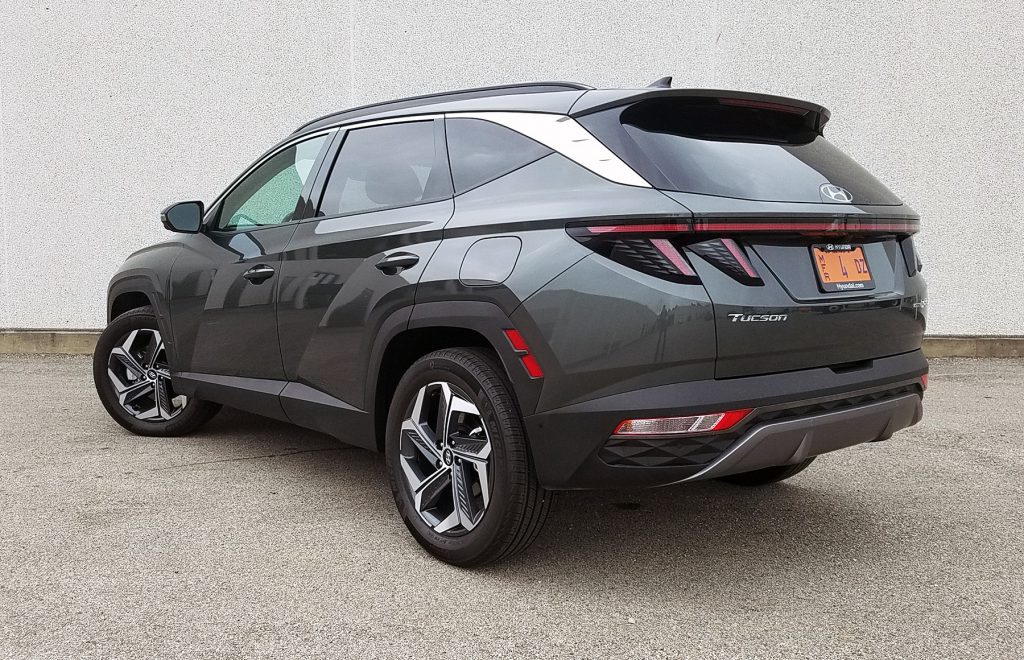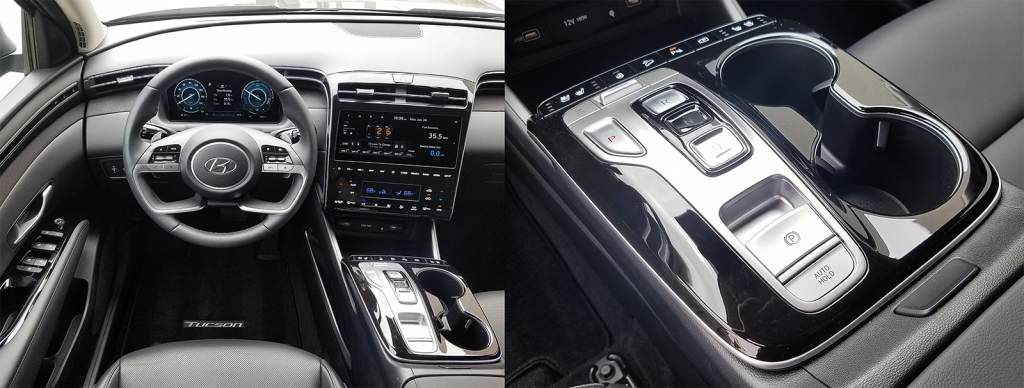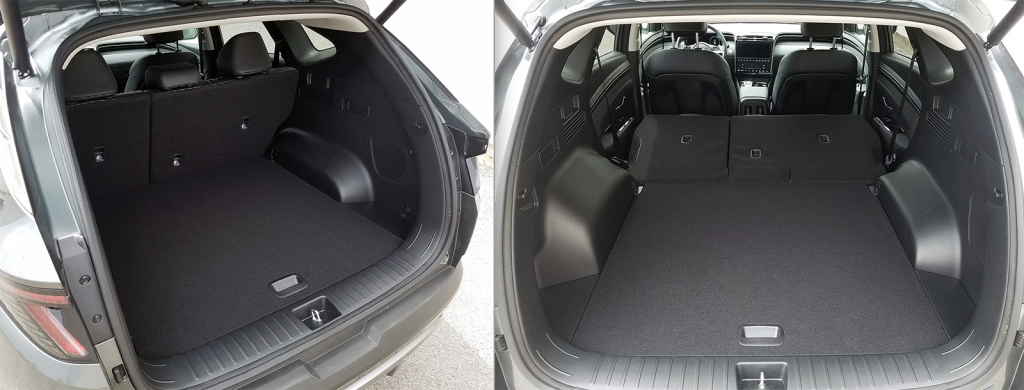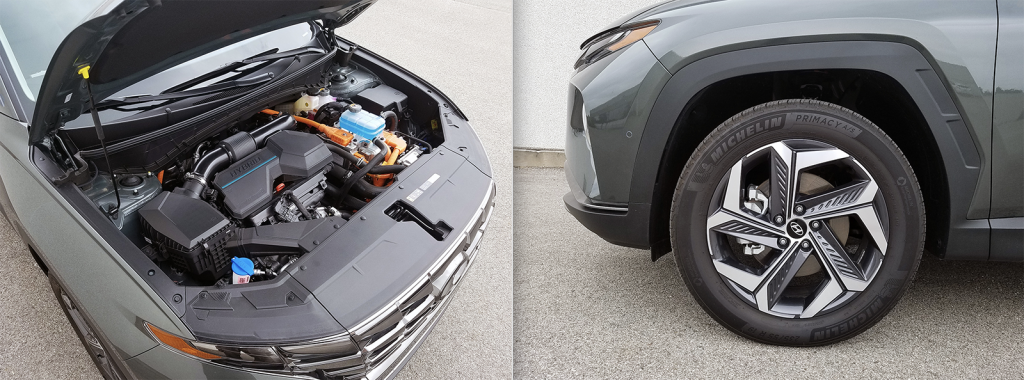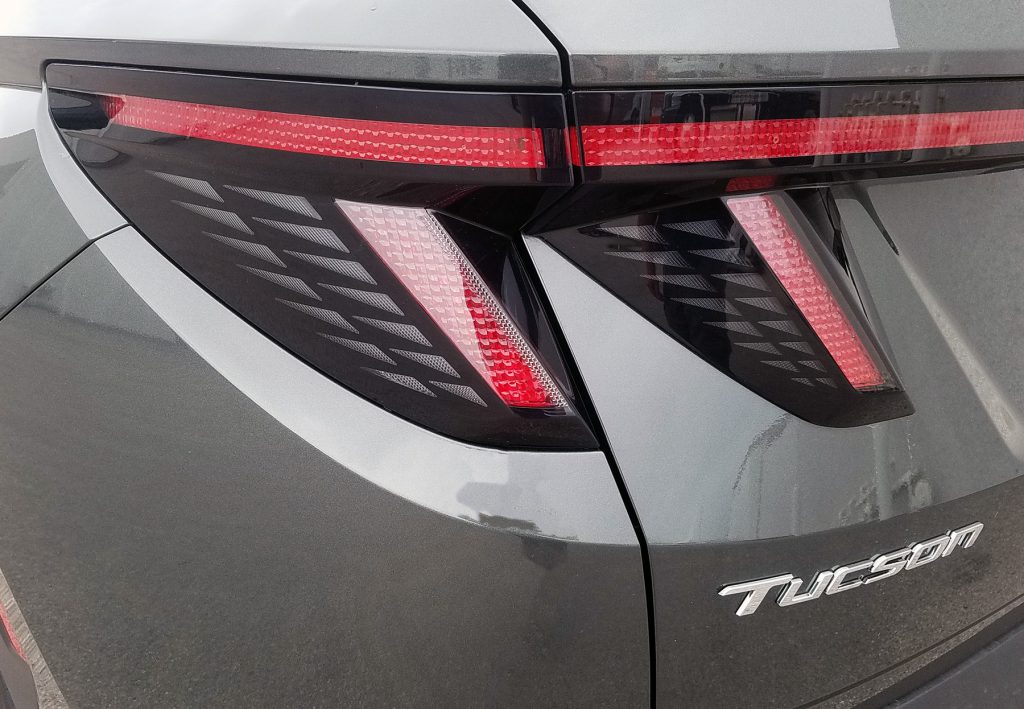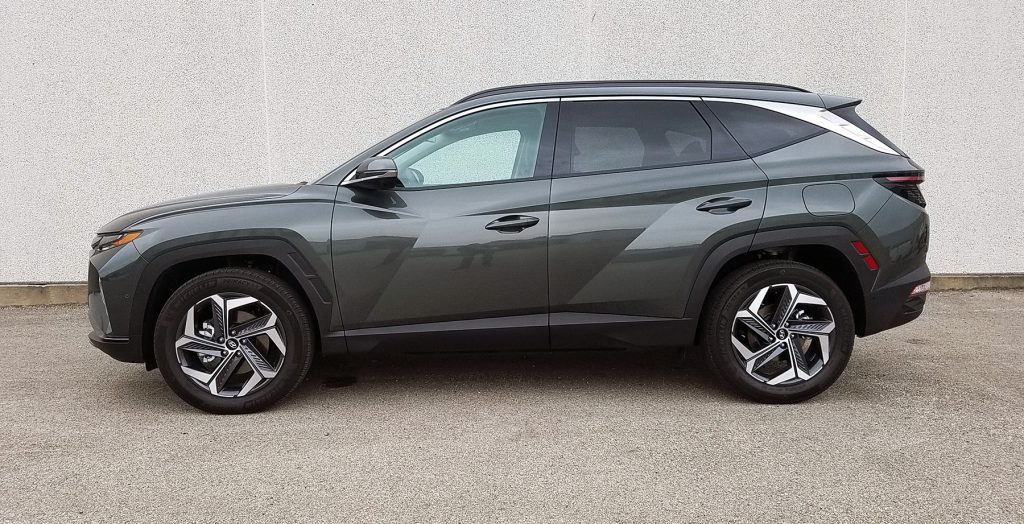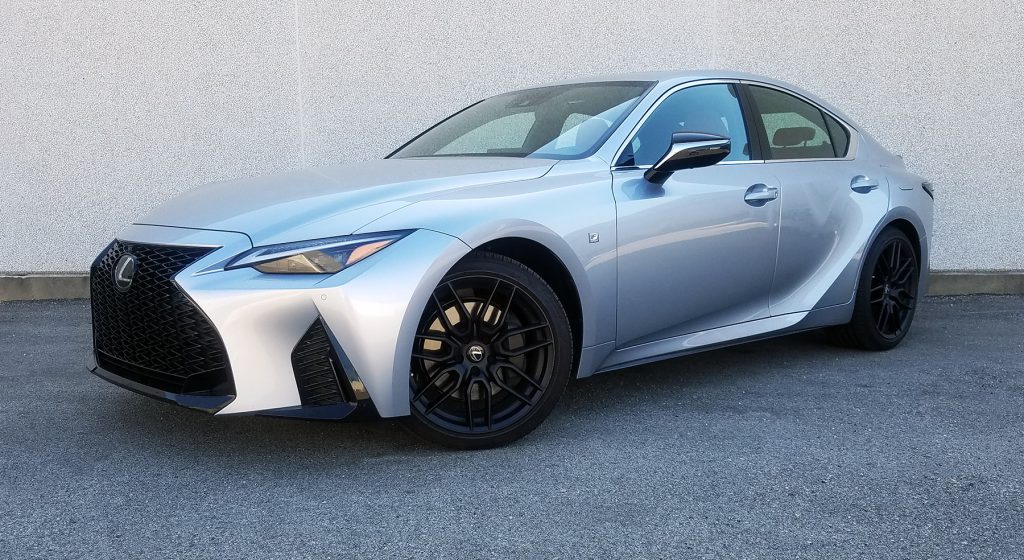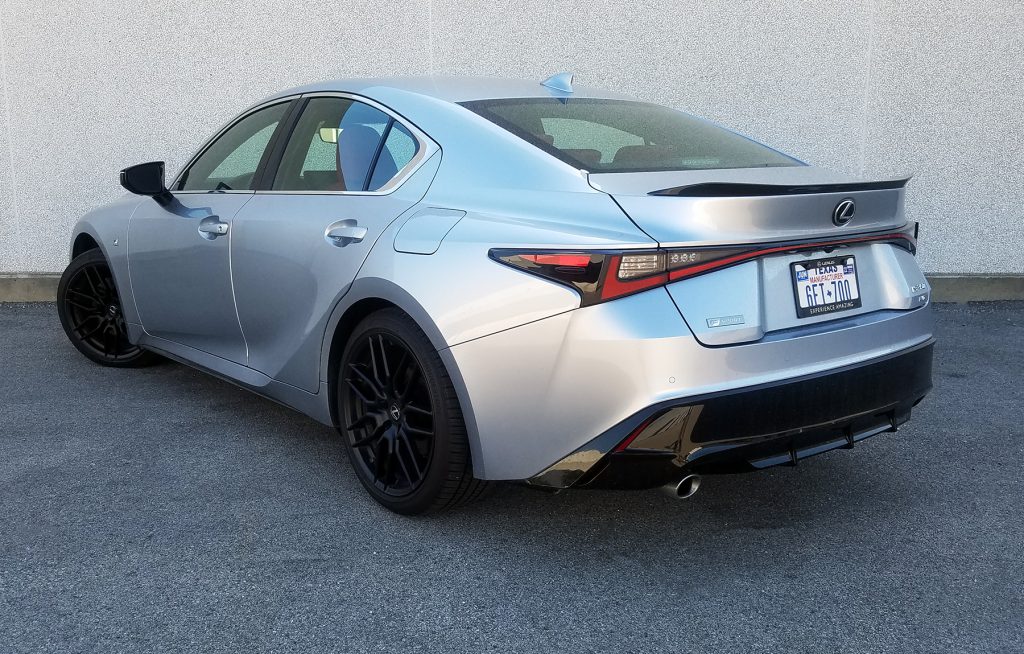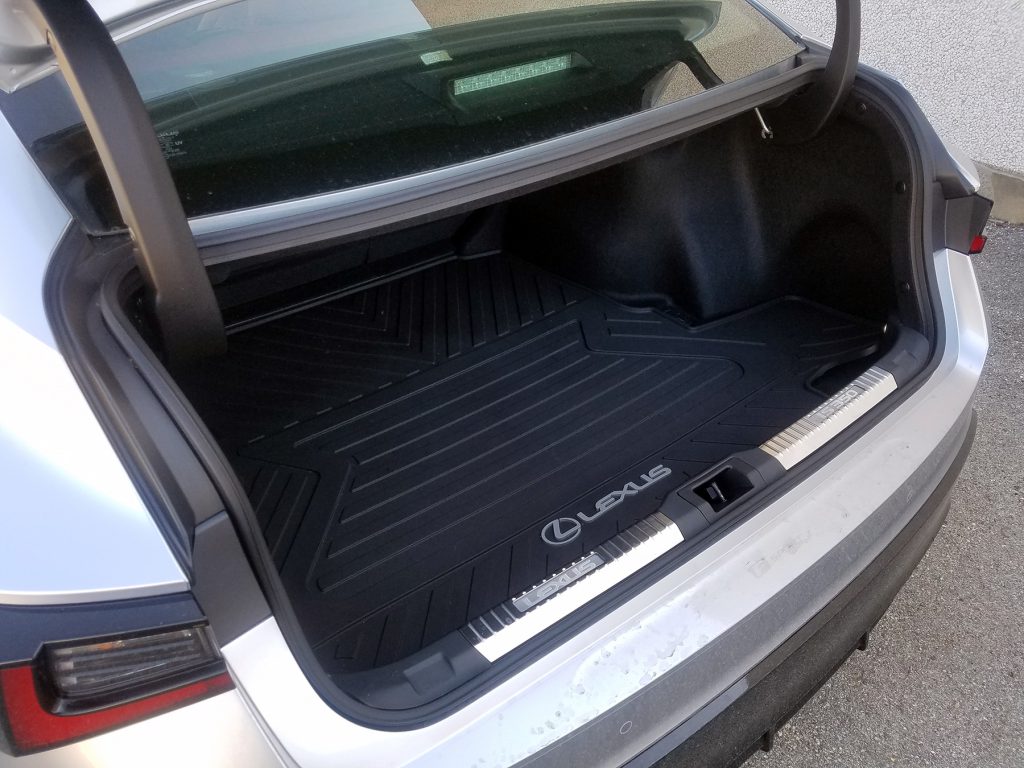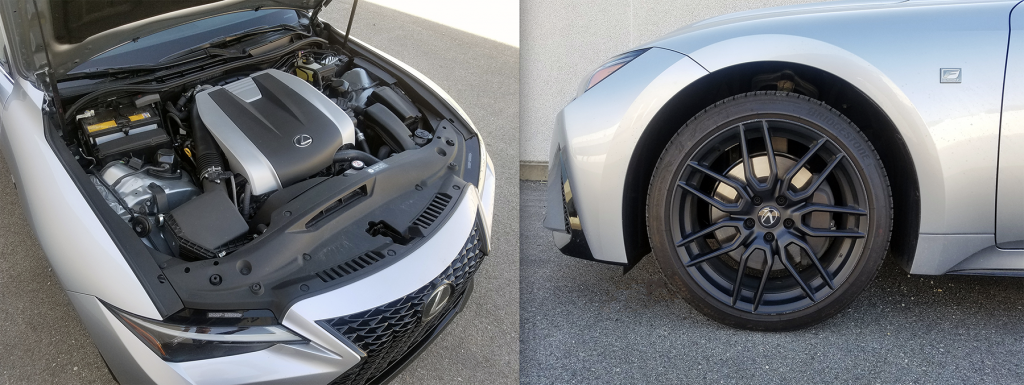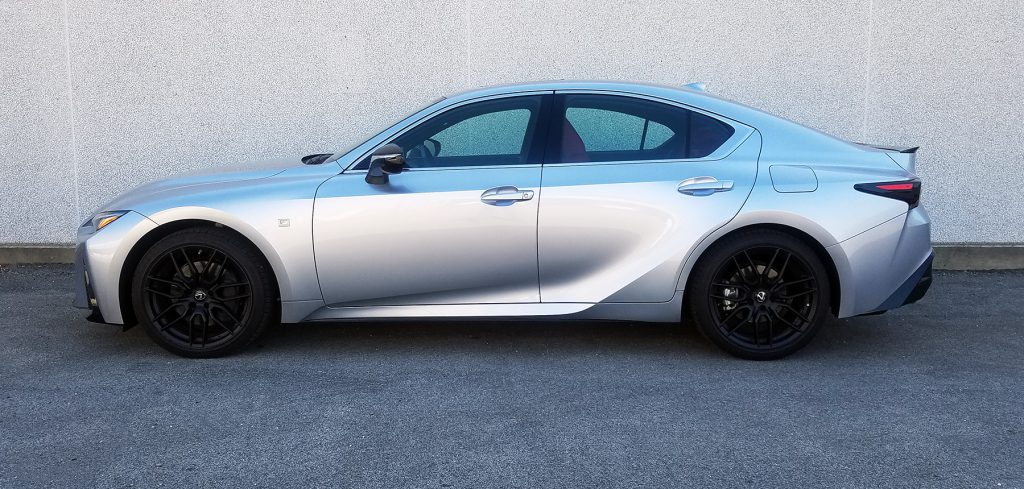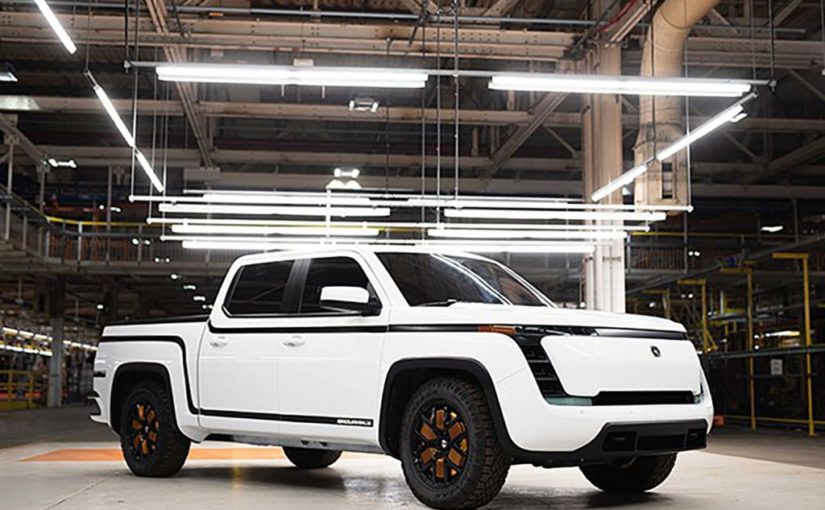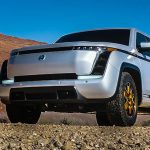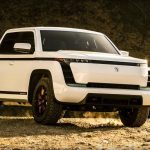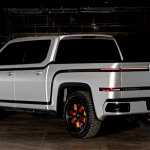McLaren P1 Price
The one place we saw the P1 and its predecessors really diverge are in the number of units sold. The famed supercar builders quickly sold every new McLaren P1 for sale. Within a few days, the entire production run of P1s—375 examples found homes in the world’s best collections. When we had one at a show, we are often asked: “How Much Is A McLaren P1?” When the order books were opened for US dealers, the McLaren P1 price was $1,150,000. For the ultimate example, the P1 GTR, one of our consigners has the first street-legal P1 GTR listed at $7,000,000. McLaren has repeatedly stated there will not be a hybrid successor in the near future, so expect values to rise for these amazing machines. And while there hasn’t been a true McLaren P1 successor, the English automaker has revealed the Elva, Senna and Speedtail. Each of these join the P1 in the Ultimate Series but are of a different DNA. Though the P1 cost may be over $1 million, it delivers.
McLaren P1 Review
Driving in traffic, the amount of power provided by IPAS really depends on how much electrical energy is left in the battery pack. Located just behind the passenger cabin are six modules, composed of 324 battery cells. Unlike so many hybrids, the P1 does not use kinetic energy from the braking system to recharge the battery. Instead, it captures energy normally wasted as the engine decelerates, say when lifting off the throttle, or it can be recharged directly by the V-8 engine with the press of the Charge button when the car is at a standstill.
The computer has the ability to add torque through the hybrid electric motor. Not only does this offer smooth & consistent acceleration, but the system also charges the battery quickly in bumper-to-bumper traffic. One of the best aspects of any McLaren P1 for sale is the ability to divorce the aerodynamic, suspension, and hybrid systems. You can pick & choose every operating system to your liking. This level of flexibility was unprecedented and it served as a basis for competitors to follow.
In Production from October 2013 – December 2015
- 375 P1s built
- 58 P1 GTRs built
- 5 P1 LMs built
- 1 P1 GT built
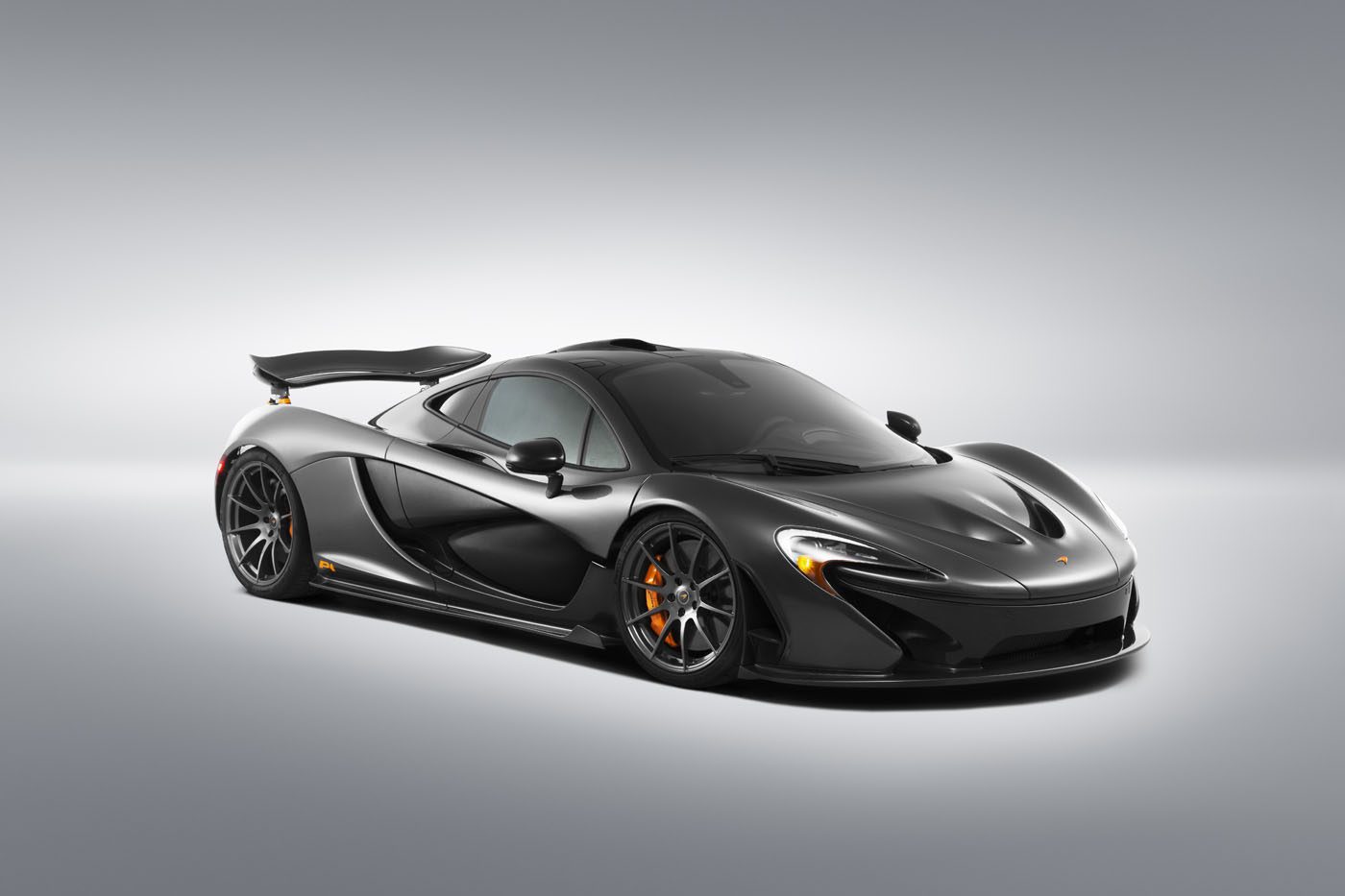
McLaren P1 Design
A million-dollar, carbon-fiber-bodied McLaren prototype known as the 2015 McLaren P1 specs were aimed to change the supercar world. If it feels as though you are suffering from déjà vu, you are not alone. We saw this, in the early ‘90s, with McLaren’s mighty F1. Back then, such companies as Jaguar and Bugatti were vying for supercar supremacy through the title of the world’s fastest production car.
To build a street-legal F1 car, Design Director Frank Stephenson was asked to shrink-wrap a functional and attractive body of carbon fiber around the chassis. The McLaren P1 called for several areas of the MonoCage to be exposed to the world. Not only does this save weight, it shows the one-piece chassis as a work of art. Sculped after countless hours in virtual modeling and the wind tunnel, the design allows the McLaren P1 top speed to be 217 mph.
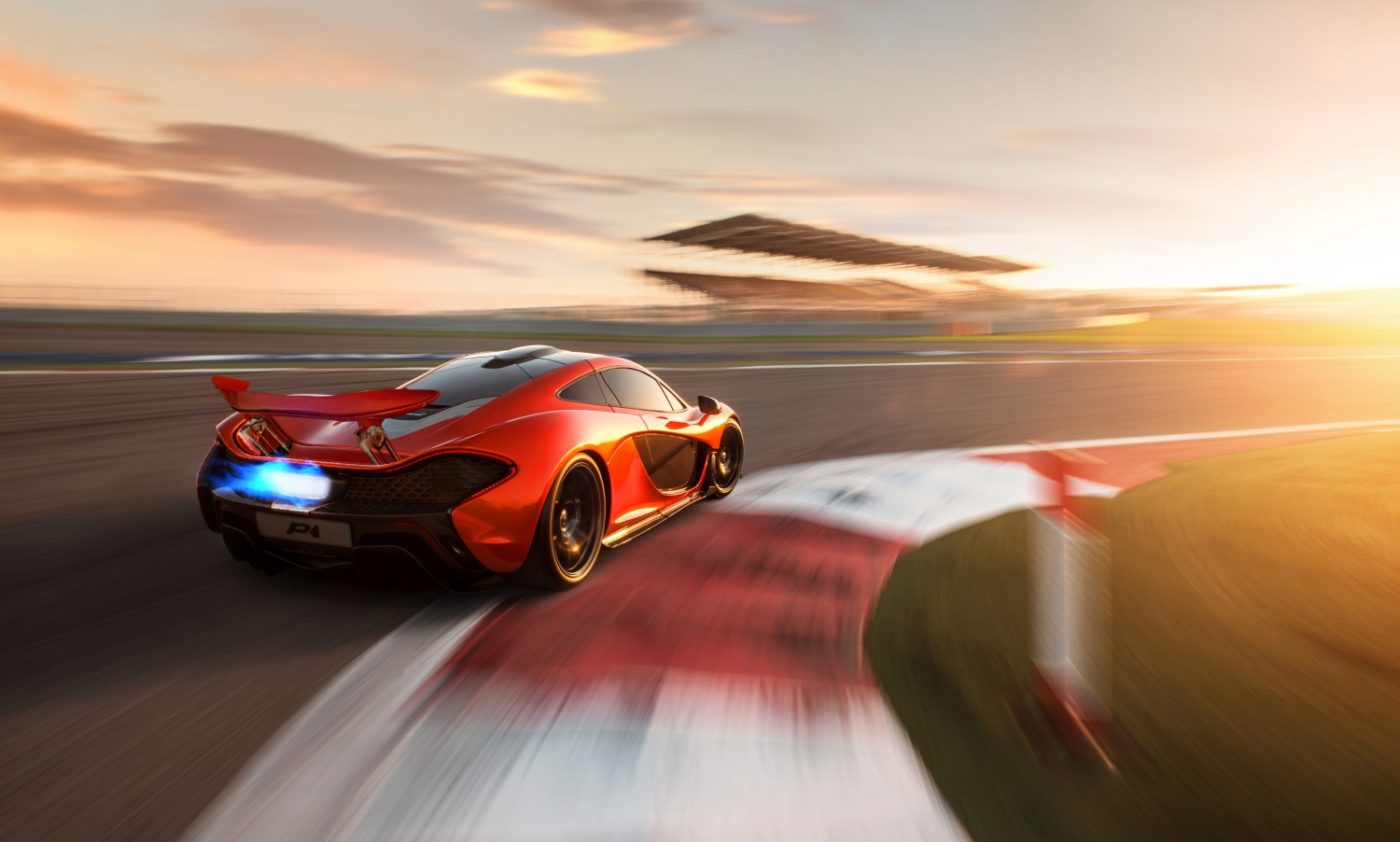
McLaren P1 Engine
Taking the reins where the F1 left off, the McLaren P1 is an advanced combination of twin turbochargers and electric motor muscle. It starts with 12C’s 3.8- liter forced-induction V-8, an engine designed entirely in-house with dry-sump lubrication and a low-positioned flat-plane crankshaft. The turbochargers are new and run at 20 psi compared to 17 psi in earlier McLarens. With a few other tweaks for cooling and durability, the already amazing output of 616 horsepower has been raised even further.
This allows the McLaren P1 hp to measure in at 727 horsepower at 7,500 rpm. But wait; there’s more! To drive the car directly for up to six miles, it draws on the power of a single electric motor, utilizing its 176 horsepower and 192 foot-pounds of torque to fill in the torque gaps during shifts, to drive the car directly for up to six miles, or for an explosion of power by way of the Instant Power Assist System (IPAS) button.
McLaren P1 Transmission
In order to handle the massive power, Graziano transmission of Italy was asked to strengthen their 7-speed dual-clutch transmission. The McLaren P1 includes the IPAS electric system that provides more power than many economy cars. But instead of a complex arrangement along with the McLaren P1 transmission, it is simply bolted to the left side of the engine. Driven directly by the transmission’s input shaft, it can send or recover electrical power to the High Voltage battery. So if you don’t need V8 power, a charged battery will offer 19 miles of silent, electric cruising.

McLaren P1 Details
- The large rear wing adjusts automatically to boost downforce.
- All examples will be produced in left-hand drive.
- Active aerodynamics produce up to 1,323 pounds of downforce, the most of any production car.
McLaren P1 Brakes
To stop such a powerful machine, McLaren turned to their Grand Prix brake supplier Akebono. The McLaren P1 brakes required a carbon-ceramic rotor capable of absorbing and dissipating 50% more energy than the brakes on its predecessors. The rotors are infused with silicon carbide, one of the hardest compounds ever created. While it does have a tendency to chew up brake pads, the rotors retain a mirror finish for years. This system runs cooler than other carbon-ceramic systems in normal driving. But if you put the spurs to your P1, they can operate 300* Fahrenheit above any other system.
Why You Should Buy a McLaren P1
McLaren P1 Specs
For those not familiar with the car, every McLaren P1 for sale is comprised of a carbon fiber monocoque, V8 engine, twin turbos, and a hybrid system. This recipe can be found only on the world’s most potent cars, and McLaren delivers the best power-to-weight ratio on the market. With a seven-figure price, the original McLaren P1 MSRP is definitely representative of the insane power it holds.. Riding on their hydraulic suspension, it has no sway bars to unsettle the corners. Engineers pared away all non-essential systems to allow the McLaren P1 top speed to reach 217 mph. It does this after a brutal 0-60 time of 2.7 seconds, a high-voltage rush that is not found on any lesser car.
2015 McLaren P1 Specs:
Price: $1,150,000
HP: 903 hp
Torque: 664 lb-ft
0-60: 2.7 seconds
Top Speed: 217 mph
Weight: 3,411 lbs
1/4 Mile: 9.8 @ 148.9 mph
McLaren P1 Interior
Open the dihedral doors and you will find the McLaren P1 an interior of elegance and functionality. The center control panel is sharply angled to the driver. Not only does this give quick access to change the aero and suspension settings, but it also reduces glare for long endurance races. You will be coddled in Alcantara-clad carbon fiber seats, and they arrive with provisions for racing harnesses. The same microsuede material complements the carbon fiber steering wheel. This ergonomic wheel has controls for the DRS and IPAS systems placed perfectly under your thumbs. If you aren’t racing, Meridian Audio offers a perfect soundstage with cinematic quality audio.
Perhaps the best feature of the McLaren P1 interior is in its everyday practicality. You will be able to make small runs to the store with a 9-mile electric round-trip. Because every aspect of the hybrid system is hidden from view, your passenger might be taken aback by the prodigious horsepower. The composite structure also soaks up heat and vibrations found among its contemporaries. You will have plush leather and microfiber along with an optimal driving position and visibility. That is why many owners drive their P1 as often as possible. Another point of trivia is the lack of silly symbols. The buttons are written in English, the only language offered.
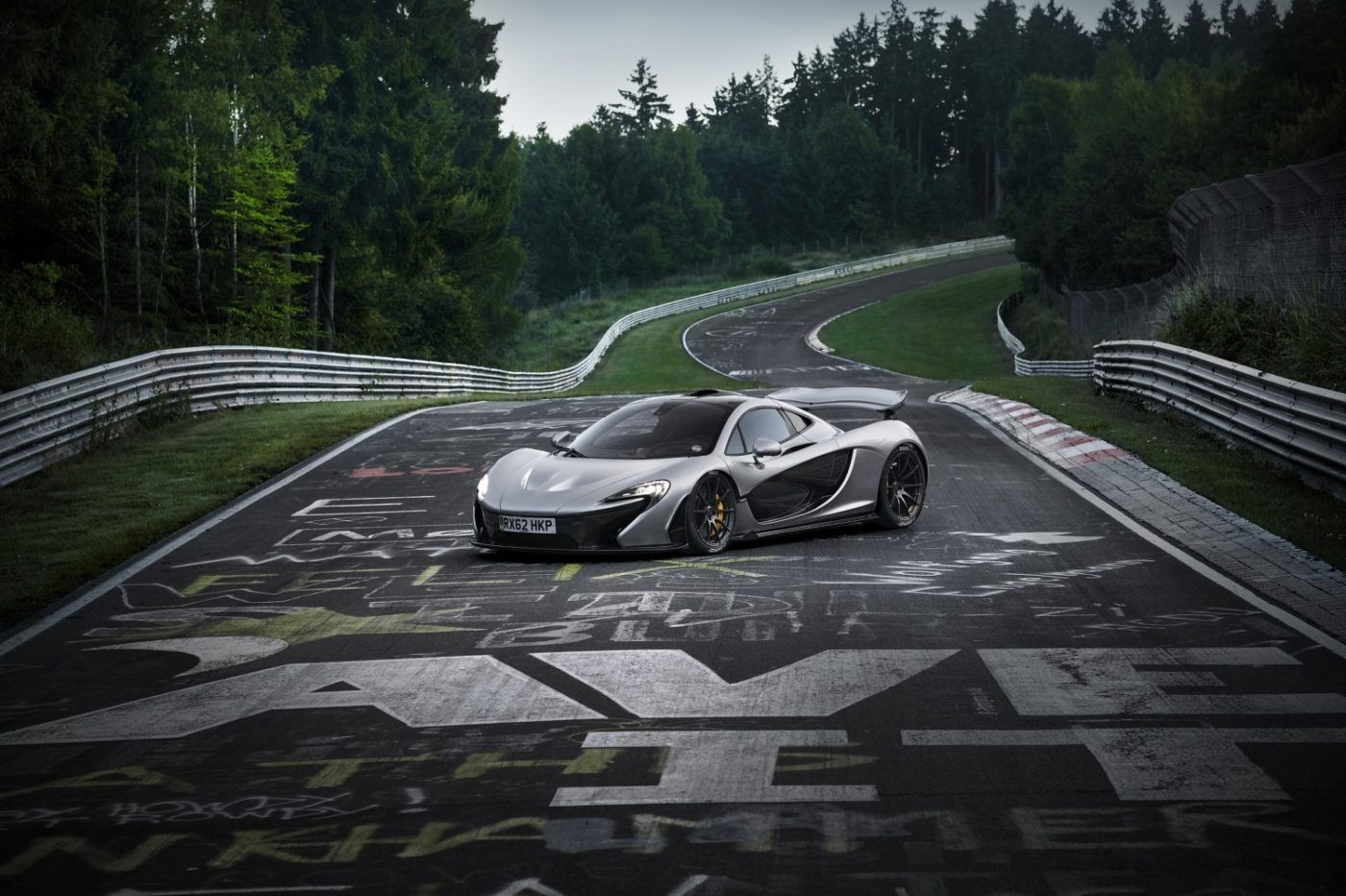
McLaren P1 Standout Features
Like a giant Lego car, the body of the McLaren P1 consists of only 5 pieces. They are the front and rear clamshells, cockpit, and two doors. Directly a firewall behind the seats separates the High Voltage battery from the interior and it places the center of mass near the Z-axis of the car. This keeps it planted while cornering. No other hybrid has an IPAS mode.
Every McLaren P1 for sale left the factory wearing Pirelli P Zero Corsa tires developed specifically for the car. Engineers sought to maximize grip from the rear wheels while also considering the weight balance of the car. Taking into account the roll center along with sprung and un-sprung mass, the McLaren P1 tires measure 245/35/19 on the front and 315/30/20 on the rear. The forged 1-piece wheels are popular upgrades for lesser McLarens, as not many extra sets were made.
Instant Power Assist dumps all battery power into the electric in an instant. If you have a slowpoke in front of you, hit the button and they will be in your rearview. The standard charger only takes 2 hours, but it only takes 10 minutes using a DC fast charger. The electric mode is limited to 99 mph, much faster than any other hybrid.
Images via McLaren Automotive
For GREAT deals on a new or used Toyota check out Toyota of Las Vegas TODAY!
